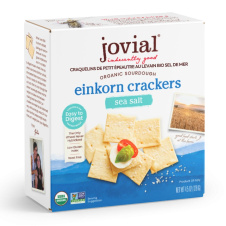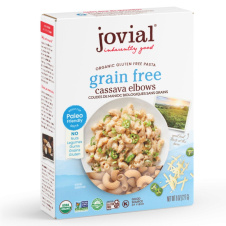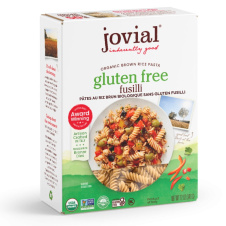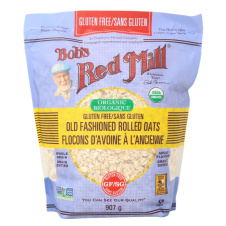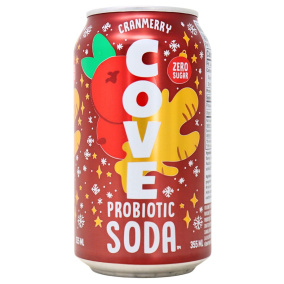
How Gluten-Free Flour Is Made
It is important to know what gluten is and how gluten-free foods are made. Natura Market offers a wide range of Gluten-Free Products.
Gluten is a protein found in wheat, rye, barley and triticale (a cross between wheat and rye), which - when water or liquid is added to it - makes an elastic dough. Gluten-free flours on their own do not have this elasticity and typically produce a much denser product.
Commercially available gluten-free flours are all made with different mixtures and these mixtures vary widely from brand to brand. They might contain rice flour, teff flour, tapioca flour, sorghum flour, potato starch, garbanzo flour or buckwheat flour. These flours could also contain nut meals, made from very finely ground almonds or other nuts.
Gluten-free foods are typically grown, transported, stored, processed, and packaged in gluten-free environments.
Xanthan gum is a binder that is frequently added to gluten-free flour mixes to give the flour some elasticity and make it easy to use right out of the bag. Since the base ingredients for gluten-free flour can vary, different brands can produce very different results in baked goods, giving a recipe a completely new taste and texture.
In supermarkets and online, you will find a variety of gluten-free flours, including those made from:
- Brown rice
- Fava beans
- White beans
- Amaranth
- Potato
- Oats (make sure oats are certified gluten-free)
While oats are naturally gluten-free, they may be contaminated during production with wheat, barley or rye. For this reason, some people with celiac disease cannot tolerate gluten-free-labelled oats.
Wheat Terms to Know
There are different varieties of wheat, all of which contain wheat gluten:
- Durum
- Einkorn
- Emmer
- Kamut
- Spelt
Wheat flours have different names based on how the wheat is milled or flour is processed. All of the following flours have gluten:
- Enriched flour with added vitamins and minerals
- Farina, milled wheat usually used in hot cereals
- Graham flour, a course whole-wheat flour
- Self-rising flour also called phosphate flour
- Semolina, the part of milled wheat used in pasta and couscous
Following a gluten-free diet will likely change your nutrient intake. Some gluten-free products have significantly varied nutrient levels compared to the products they are replacing. They may also contain a higher level of fat and sugar. It is important to read labels, not only for gluten content but also for overall nutrient levels, salt, calories from fats and calories from sugars.
Do not hesitate to explore gluten-free foods. Not only can gluten-free recipes have the same great taste as traditional recipes, but they also may have higher nutritional value due to increased fibre and protein. Consider talking to your doctor or dietitian about foods that would provide healthy, nutrient-rich alternatives.
Explore our choice of Gluten-Free snacks.




